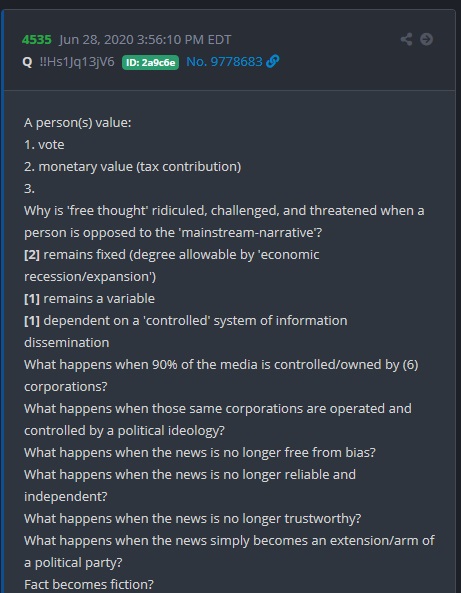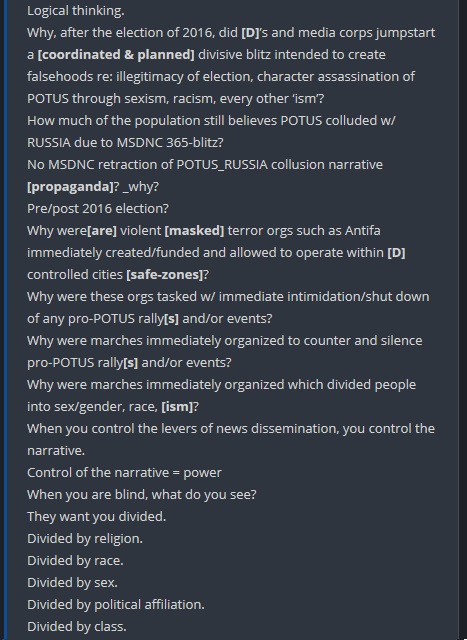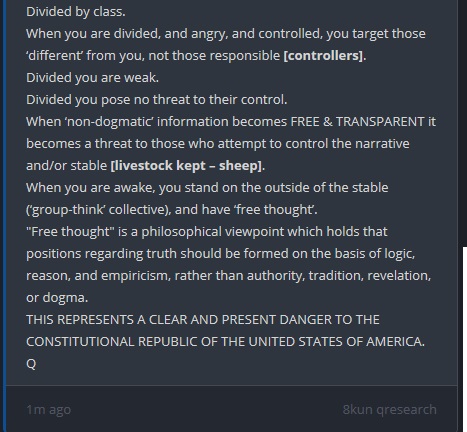







I remember this one, just a bit different at the end I think.
Very intense.
Guessing #3 is human trafficking?
Wikipedia:
Clear and present danger was a doctrine adopted by the Supreme Court of the United States to determine under what circumstances limits can be placed on First Amendment freedoms of speech, press*, or assembly. The test was replaced in 1969 with Brandenburg v. Ohio's "imminent lawless action" test.
*Emphasis, mine.
Wikipedia:
"Imminent lawless action" is a standard currently used that was established by the United States Supreme Court in Brandenburg v. Ohio (1969), for defining the limits of freedom of speech. Brandenburg clarified what constituted a "clear and present danger", the standard established by Schenck v. United States (1919), and overruled Whitney v. California (1927), which had held that speech that merely advocated violence could be made illegal. Under the imminent lawless action test, speech is not protected by the First Amendment if the speaker intends to incite a violation of the law that is both imminent and likely. While the precise meaning of "imminent" may be ambiguous in some cases, the court provided later clarification in Hess v. Indiana (1973) in which the court found that Hess's words did not fall outside the limits of protected speech, in part, because his speech "amounted to nothing more than advocacy of illegal action at some indefinite future time,"[1] and therefore did not meet the imminence requirement.
The two legal prongs that constitute incitement of imminent lawless action are as follows:
Advocacy of force or criminal activity does not receive First Amendment protections if (1) the advocacy is directed to inciting or producing imminent lawless action, and (2) is likely to incite or produce such action.[2]